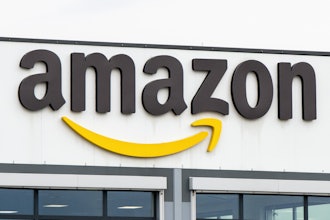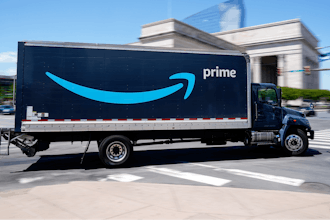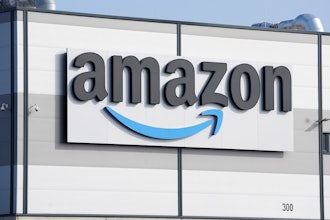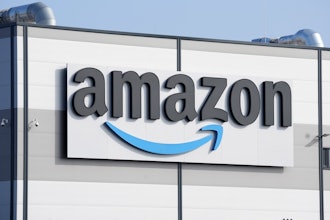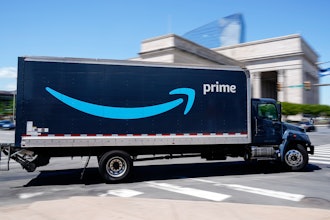
Amazon has been notoriously tight-lipped about sharing performance details of its B2B unit, Amazon Business, since rebranding it from AmazonSupply in April 2015. In fact, the only time a revenue figure was broken out for Amazon Business was in September 2018, when Amazon announced that its B2B marketplace had reached $10 billion in global sales annually.
But while the company itself hasn’t updated the public on the rapid growth of Amazon Business, it hasn’t stopped financial analysts from providing educated estimates.
Perhaps the most well-known analyst on the case is RBC Capital Markets managing director Mark Mahaney, a frequent Q&A participant on many quarterly financial report conference calls by publicly-traded industrial distributors.
Have a couple minutes to spare? Take ID's quick and anonymous survey about how COVID-19 has impacted your distribution business and you could win an Amazon gift card.
B2B Next held its B2B Next 2020 Conference virtually over Sept. 28-29, where Mahaney and fellow keynote speakers that included Grainger CEO D.G. Macpherson, Graybar CEO Kathy Mazzarella and Dawn Foods CEO Carrie Jones-Barber shared their insights on the challenges and opportunities of e-commerce.
 Mark Mahaney
Mark Mahaney
Back in January of this year, Mahaney said Amazon was on track in 2019 to boost gross sales by 60 percent to an annual total of $16 billion, while 2019 net revenue was expected to hit $10 billion.
For perspective, the No. 1 company on Industrial Distribution’s newly-released 2020 Big 50 List — Grainger — had 2019 sales of $11.49 billion, with Motion Industries at a distant No. 2 at $6.53 billion. But there’s a good reason why we at ID don’t include Amazon Business on The Big 50: There’s just not enough information about it.
At $16 billion, it can be argued that the platform is among the largest B2B products distributors in the world. But since Amazon hasn’t broken out new figures for annual sales — much less what portion of Amazon Business’ sales come from industrial products — it’d be a guessing game. In the spirit of leveling the playing field as much as possible, we require companies to at least privately disclose to us their annual revenue figures so we can rank them appropriately.
So, while we acknowledge that Amazon Business is likely one of the top distributors of industrial products — as well as office supplies — we’ll stop short of putting it on the Big 50. It’s the same approach we take with other well-known distributors like McMaster-Carr, Sunsource that undoubtedly would place in the top half of the Big 50 but haven’t disclosed revenue figures in at least several years.
Mahaney added that he expects the B2B market to be at about $2 trillion by 2023 and that Amazon Business is already serving at least 1 million small businesses, with more on the way. As former ID editor Jack Keough notes in a recent blog, a financial services advisory firm iBe recently forecasted worldwide B2B marketplace sales could reach $3.6 trillion by 2024.
 Mike Hockett, ID Managing Editor
Mike Hockett, ID Managing Editor
Amazon Business is arguably the biggest disruptor in the B2B distribution space. And the fact that so little is known about it makes it all the more worth keeping an eye on going forward.










